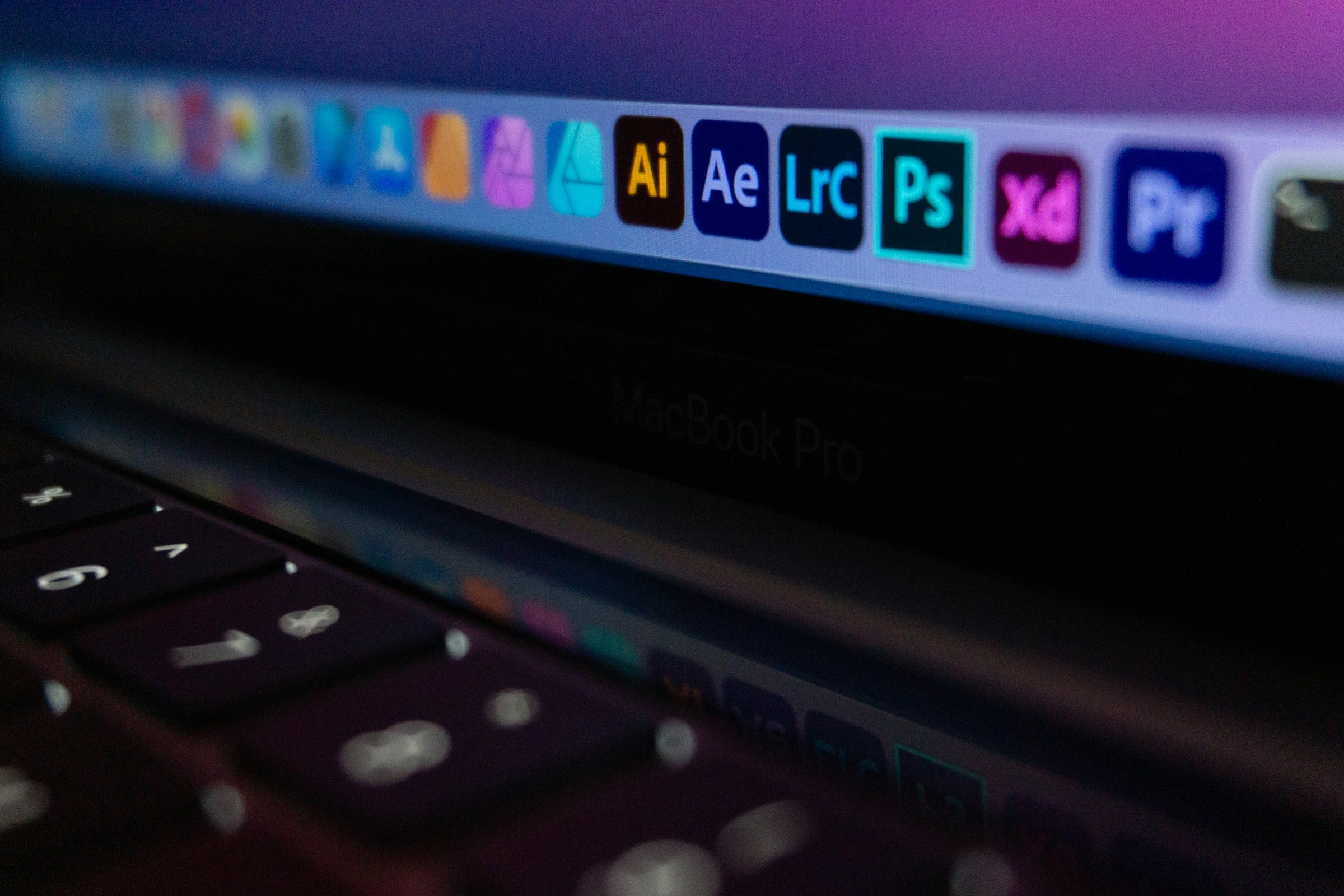If you’re a blogger, YouTuber, or content creator looking to level up your visual and creative game, you’ll want a toolkit that’s smart, efficient, and versatile. Below is a list of 10 excellent tools, starting with the standout choice, VistaCreate, and covering everything from design to video, audio, planning, and analytics. Each entry includes a short description, why it stands out, and how it can help your workflow.

1. VistaCreate
This is my top pick for creators who need a fast, user-friendly platform for making graphics, video thumbnails, social posts, and more. It comes with ready-made templates tailored to platforms like YouTube, Instagram, and TikTok. You can easily design eye-catching visuals that help your videos stand out.
Why it stands out:
- Huge template library
- Simple drag-and-drop interface
- Great for non-designers
- Instant output for multiple formats
Best for: Bloggers needing hero images, YouTubers needing thumbnails, creators needing consistent brand visuals.
2. Canva
Another very popular design tool, mentioned as ideal for speed and simplicity.
Why use it:
- Tons of templates, a large user community.
- Good for quickly creating social posts, banners, and infographics.
Best for: if you already use Canva or want something similar to VistaCreate, but perhaps with a larger ecosystem.
3. Descript
This is a standout for editing audio/video via transcripts – you edit the text and the media updates.
Why use it:
- Simplifies editing of podcasts, video interviews.
- Removes filler words, rearranges via text.
Best for: Creators doing podcasts, long-form interviews, and YouTube content with a lot of talk.
4. CapCut
Rapidly becoming a go-to for mobile/desktop social-video editing.
Why use it:
- Easy auto-captioning, templates for Reels/Shorts.
- Good for short-form content.
Best for: TikTok/Instagram Reels creators, mobile-first workflows.
5. Google Analytics / SEMrush / Ahrefs
Analytics and SEO matter as much as visuals. According to a “must-have tools” list, these help track performance and improve visibility.
Why use them:
- Understand what resonates with your audience.
- Track traffic, social referral trends, and search keywords.
Best for: Bloggers and creators who want to grow traffic and not just make visuals.
6. Notion
For planning, organizing ideas, and structuring content. It came up as a favourite for content planners.
Why use it:
- Organise content calendar, collaborators, assets.
- Flexible enough for solo creators and teams.
Best for: Anyone juggling multiple content streams (blog + YouTube + social) and needing one place to manage everything.
7. Freepik
A massive library of design assets: photos, icons, vectors, and more.
Why use it:
- Great for grabbing quality visual assets when you’re short on time or design skills.
Best for: Bloggers needing images, thumbnail design, or finishing touches to visuals.

8. TubeBuddy / Keywords Everywhere
Tools focused on YouTube and keyword research for video creators.
Why use them:
- Optimize titles, tags, and keywords for YouTube videos.
- Find niches or less competitive topics.
Best for: YouTube creators aiming to grow their channel and get discovered better.
9. Audacity
Free, powerful audio editor for podcasts, voiceovers.
Why use it:
- No cost, yet handles multi-track audio, noise reduction, etc.
Best for: Podcasters, voiceover work, creators needing clean audio but on a budget.
10. Predis.ai
An AI-powered content creation tool for social media generates assets, captions, and scheduling.
Why use it:
- Automates parts of social posting and creative generation.
Best for: Creators or small teams who want to scale social output without adding many new people.
Summary Table: Which tool for what?
| Tool | Primary Use | Best For |
|---|---|---|
| VistaCreate | Visual design templates & graphics | Quick branded visuals |
| Canva | General design and social graphics | Familiar broad-use tool |
| Descript | Audio/video editing via transcript | Podcasts, interview videos |
| CapCut | Mobile/desktop short-form video editing | TikTok, Instagram Reels |
| Google Analytics / SEO tools | Performance & visibility tracking | Bloggers, audience growth focus |
| Notion | Content planning & organization | Multi-platform creators |
| Freepik | Stock visuals & assets | Blogs, thumbnails, web graphics |
| TubeBuddy / Keywords Everywhere | YouTube keyword research | YouTube growth strategy |
| Audacity | Audio editing | Podcasting, voiceovers |
| Predis.ai | AI content generation & social automation | Social scaling, small teams |
How to pick & integrate these into your workflow
Here are a few bullet-point tips to make the most of the list:
- Start by identifying your weak spots. If your visuals are good but your videos flop, focus more on editing tools like Descript or CapCut.
- Use VistaCreate (or Canva) as your go-to for designing. Create brand templates once and reuse them.
- Use Notion (or similar) for your content calendar: what blogs/videos go out, when, on which platforms.
- Optimize for visibility: use analytics (Google Analytics, YouTube tools) + keyword tools (TubeBuddy) to make sure your content has a fighting chance.
- Automate or streamline repetitive tasks (Predis.ai, Freepik) so you spend time on creation rather than hunting assets or writing captions.
- As you scale, choose best-in-class tools for each domain (audio, video, design) rather than trying to do everything in one app.
Final thoughts
In 2025, being a content creator means far more than just “post something”. You’re competing in a crowded landscape. Using the right tools doesn’t guarantee success, but it gives you a foundation to produce higher-quality, more consistent, and more discoverable content.
Start with VistaCreate to level up your visuals. Then plug in the other tools as your workflow demands: one by one or in small bundles. Over time, you’ll build a toolkit tailored to your style and platform mix, and you’ll be better positioned to reach the audience you want.
